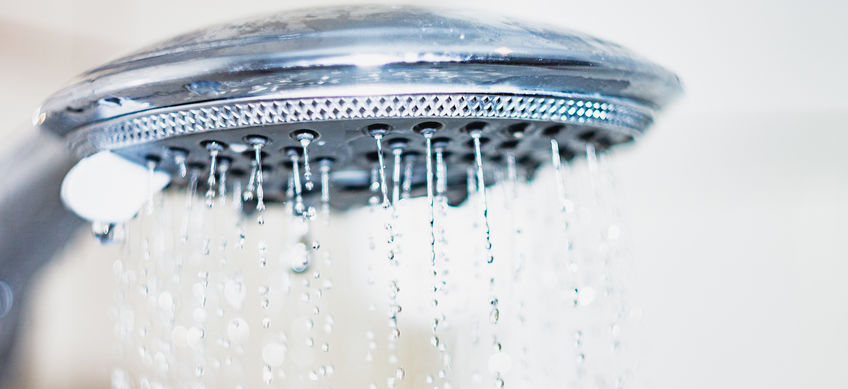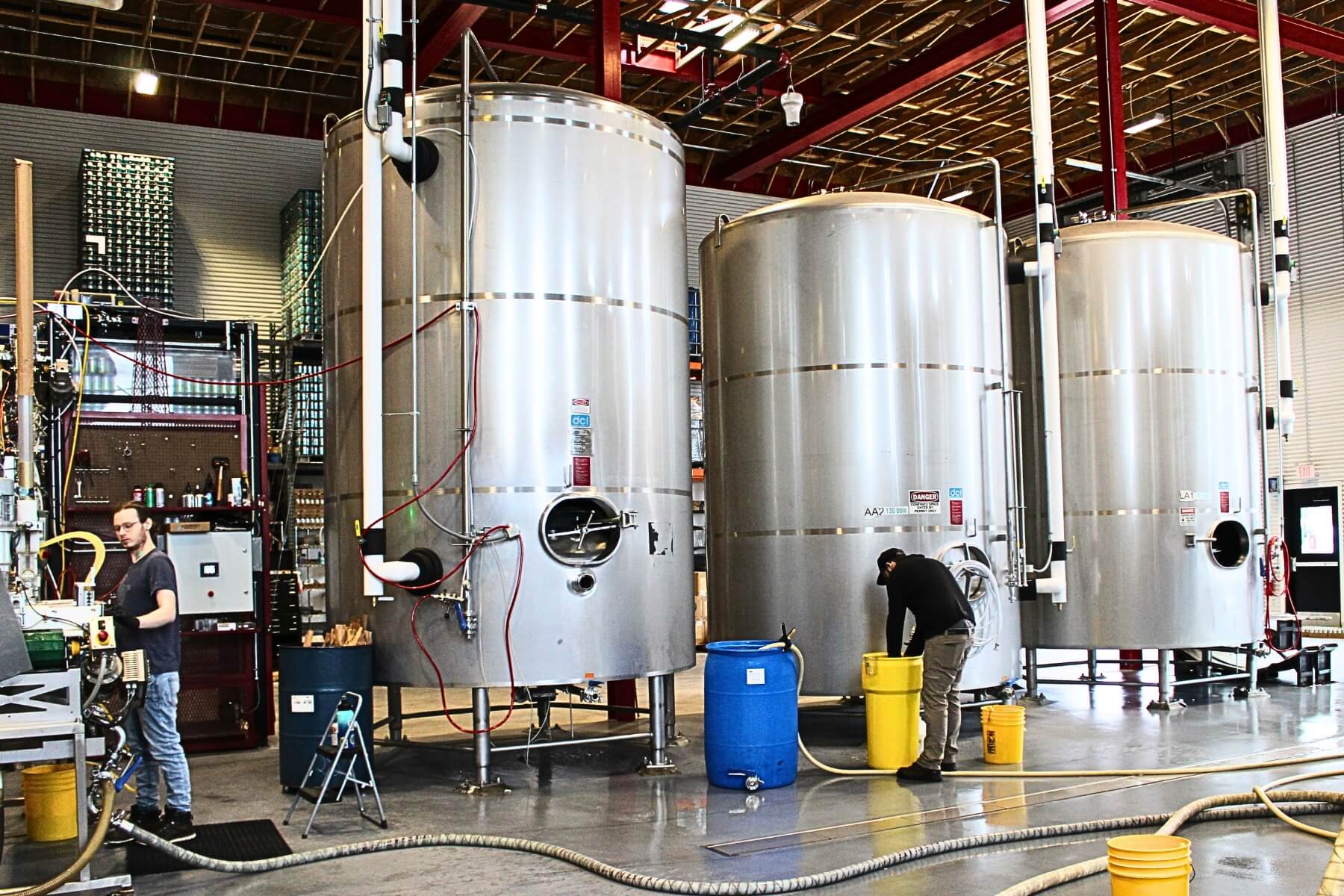In today’s blog, we’ll be taking a look at another potential risk to your facility’s water quality and the occupants that rely on it. Legionella is pathogenic bacteria that live in water. While it is a common bacterium, it is not normally found in high enough concentration to be dangerous. If a facility’s water supply is not properly maintained, the concentration of bacteria can reach levels that are cause for concern.
Legionella bacteria, in high enough concentrations, can cause Legionnaires Disease. Named after an outbreak in 1976 that affected an American Legion conference in Philadelphia, this disease has seen a significant increase in the number of reported cases since 2000. The disease is contracted by inhaling airborne water droplets containing large amounts of the bacteria. This mist or vapor can cultivate in spas or hot tubs, drinking or decorative fountains, and one of the most common sources, cooling towers for HVAC systems. Generally, this disease is not spread from person to person.

(source: OSHA)
Early symptoms of Legionnaires Disease can include shortness of breath, tightness in the chest, and coughing, often accompanied by blood or mucus. Gastrointestinal issues, such as nausea and vomiting, are also common. Legionnaires Disease will typically present with confusion and other mental changes. The disease can lead to life-threatening complications such as respiratory failure, septic shock, and acute kidney failure. Sadly, about one in 10 people who contract Legionnaires Disease will die. That ratio decrease to a rate of 1 in 4 if the individual contracts it from a medical facility. In 2017, the CDC reported 7,500 cases of Legionnaires Disease; however, due to the similarity in Legionnaires Disease and other common respiratory infections, it is often underdiagnosed.

(source: CDC)
While the Legionnaires Disease can have devastating effects, there are ways that facilities can prevent the growth of the bacteria and subsequently, the spread of the disease. Healthcare facilities that assist in patient care and recovery should have a top priority of developing a management program for the entire building’s hot and cold water distribution. Facilities with HVAC cooling towers, hot tubs that are not drained in between use, decorative fountains, or a centrally installed humidification system should also consider a management program for those systems to monitor and reduce the growth of Legionella.
The CDC recommends that facilities with an increased risk should have a Water Quality Management Team responsible for the regular monitoring and sampling of the water supply to reduce the risk of Legionella growth. This is especially true for facilities in the medical, hospitality, and education sectors. IFS has a team of UA Certified Program Representatives and Certified Technicians that are available to be a part of YOUR Water Team. Contact us today to discuss how we can assist your Water Quality Management Team.










